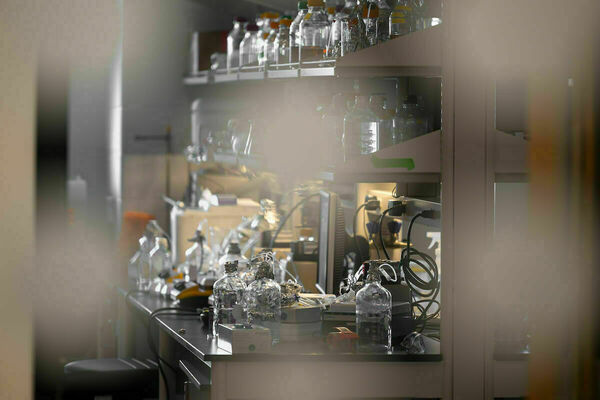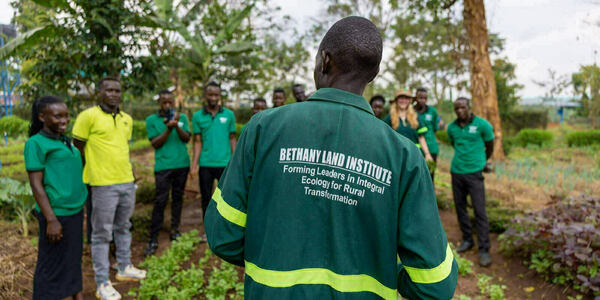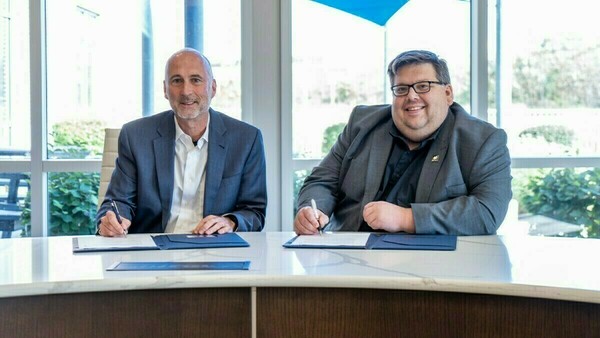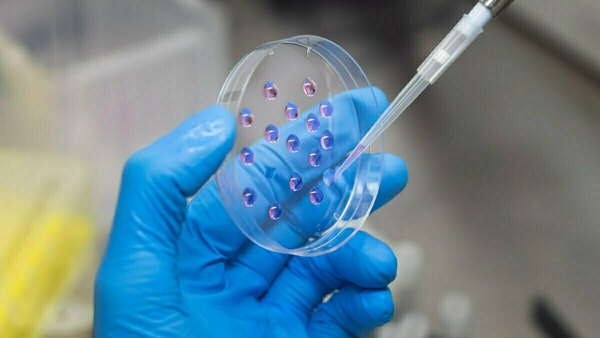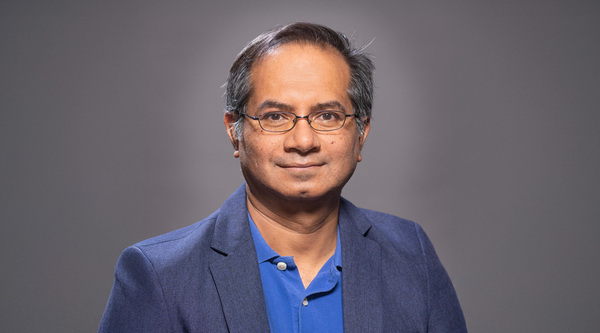Meet Amanda Snyder: The Expert Keeping Our Labs Safe

In observance of Risk Awareness Week, we’re spotlighting the critical work of the University’s Risk Management team, specifically within Lab Safety. Meet Amanda Snyder, the leader of the Laboratory Safety Program. Amanda ensures the safety of our research environment by overseeing everything from biosafety and complex infectious material shipping to the comprehensive safety training programs. Curious about what keeps our labs secure? Read on to hear how she tackles a typical—or not-so-typical—day on the job.
-
To someone who has no idea what you do, how would you describe your job in a single sentence? I lead the lab safety team which works with students, faculty, and staff to help ensure safety of those who work in and around the labs at Notre Dame.
-
Walk us through a typical day. What's the first thing you do when you get to work, and what are some of the key tasks you tackle throughout the day? I am typically checking emails and looking at my calendar before I leave the house in the morning. I try to touch base with all of the team members once I’m in the office. I’m not sure I have a typical day. I have days where I jump from discussing a Biological Safety Level 3 space, to a meeting at ND Propulsion and Power, to meeting with a lab regarding a chemical injury. I have other days where I spend the entire day discussing our animal program and completing inspections.
- Can you share a story about a time when your proactive approach to risk management prevented a potentially dangerous situation from happening? I have worked with the departments and Facilities Design and Operations to ensure that labs are fully cleared out and hazards removed before renovation work begins. This helps to ensure that those personnel who may not be familiar with lab hazards are not exposed during renovation. It also helps to ensure that materials are disposed of appropriately.
-
The University has many different labs. What are some of the unique challenges you face when managing safety across such a diverse range of spaces? I think the most unique challenge is working to become knowledgeable in all areas of lab safety. Our labs have biologicals, chemicals, and a whole range of physical hazards associated with them. I know I was surprised by the number of different physical hazards our lab spaces have.
-
You're in charge of the Laboratory Safety Training program. What's the most important lesson you want to convey to researchers and students through this training? Know the hazards of the materials you plan to handle before the experiment. If you have questions or something doesn’t seem correct, ask.
-
What's one thing that would surprise people about the day-to-day challenges of your job? My guess would be the diversity of the day and the topics that get discussed each day. I never have a day where the whole day is focussed on one aspect of lab safety.
-
What does the term "fostering a culture of preparedness" mean to you in the context of a lab environment? That lab personnel have planned ahead, know what the worst thing that can happen is, have done what they can to prevent the scenario, but also have proper materials and/or knowledge to handle the worst case scenario if it arises.
-
What is the most rewarding part of your job? I love working with my team, watching them grow, and being a part of their growth. I know I’m biased but I have an amazing team. I also enjoy making connections with the departments and leaning into those within the departments that share a passion for safety.
Originally published by at riskmanagement.nd.edu on October 14, 2025.
Latest Research
- What does it look like to live ‘Laudato Si’’? You can see it in rural UgandaWhen Emmanuel Katongole was growing up in rural Uganda, his family’s life centered on a 3-acre plot of land where they grew coffee, beans, maize, bananas and other food crops. A nearby spring, accessible by a short…
- Karen Deak named Executive Director of Notre Dame’s IDEA CenterKaren Imgrund Deak, pictured above, has been named executive director of the IDEA Center at the University of Notre Dame. Karen…
- Hope, Legacy, and the Fight Against Brain Cancer: The Story Behind the Hahn-Pflueger Brain Cancer Scholar Program“The most powerful thing in this world is hope,” said Rex Pflueger,…
- Notre Dame, Beacon Health System announce new, multiyear research collaborationThe University of Notre Dame and Beacon Health System have announced a new, multiyear research collaboration. Through this agreement, Notre Dame and Beacon will jointly develop collaborative, health-focused research projects that are of interest to both organizations, particularly in the areas of oncology and health data.
- Fighting to cure brain cancerTo better understand glioblastoma, an aggressive brain cancer, a Notre Dame researcher thought outside the box—and off planet Earth. Read the story
- ND electrical engineer Ranjan Singh named founding editor-in-chief of APL Engineering PhysicsRanjan Singh, professor of electrical engineering at the University of Notre Dame and pioneer in terahertz photonics, spintronics and metamaterials, has been named founding editor-in-chief of Applied Physics Letters (APL) Engineering Physics.



